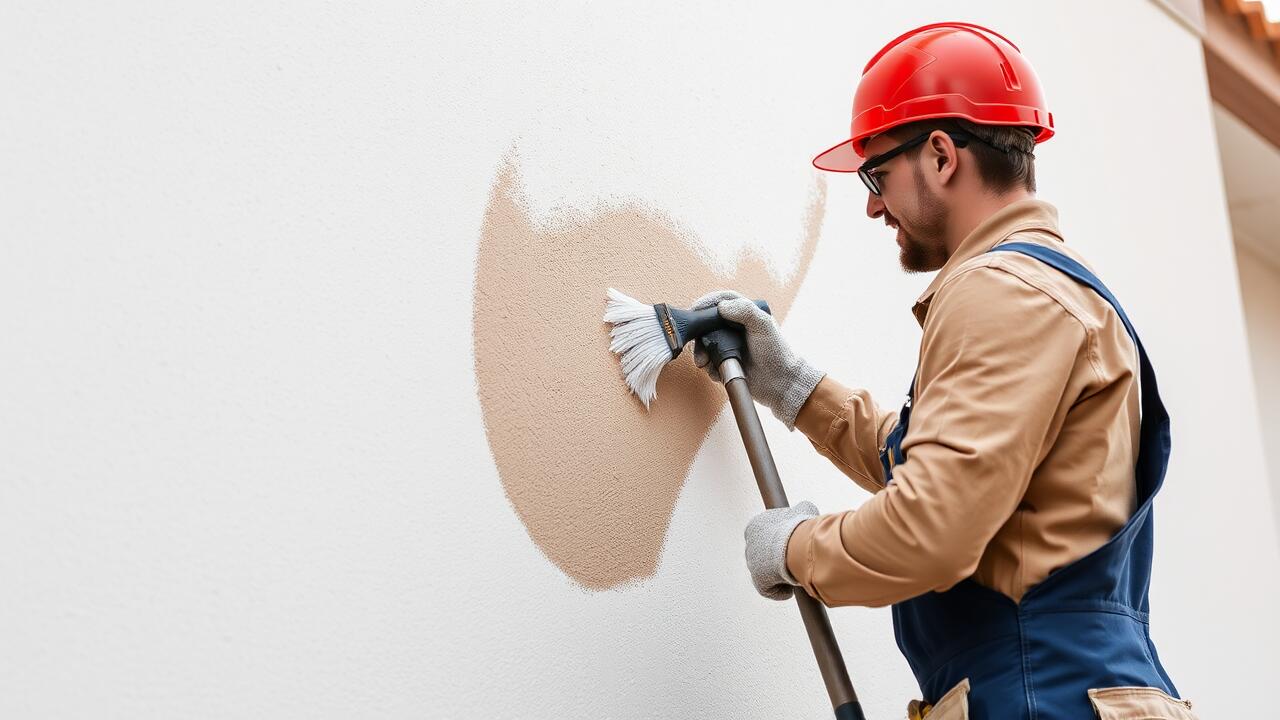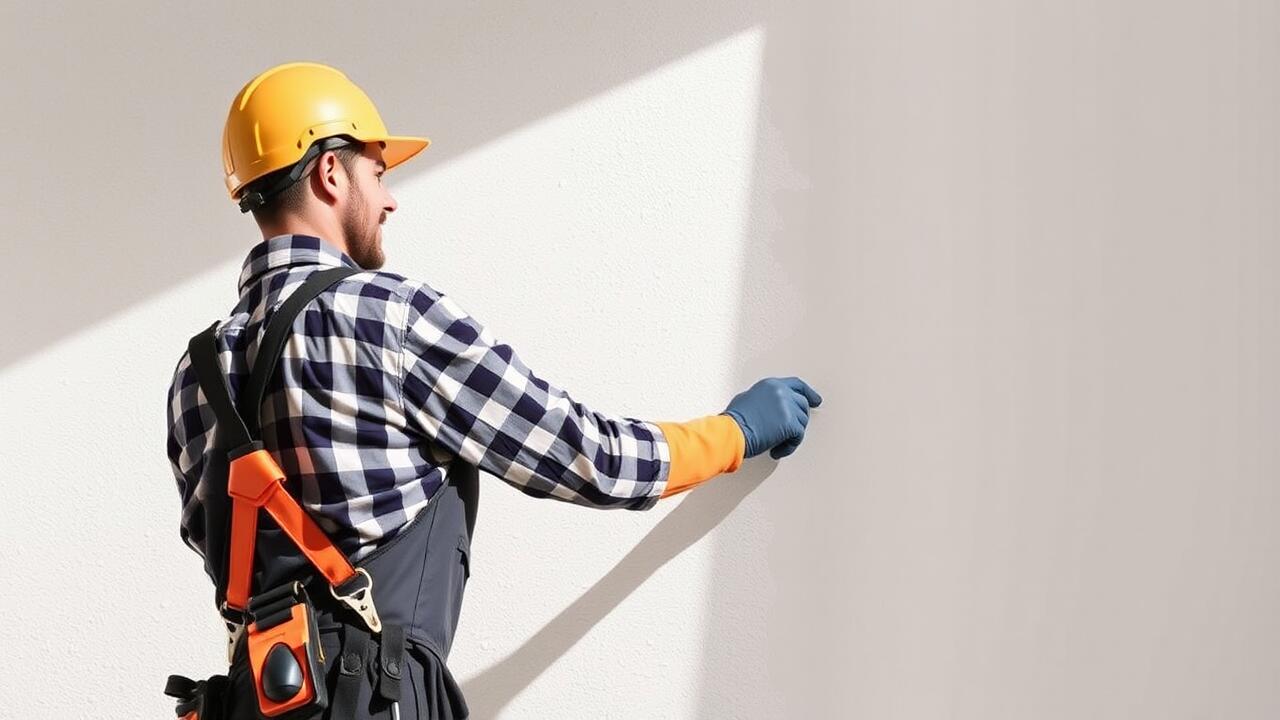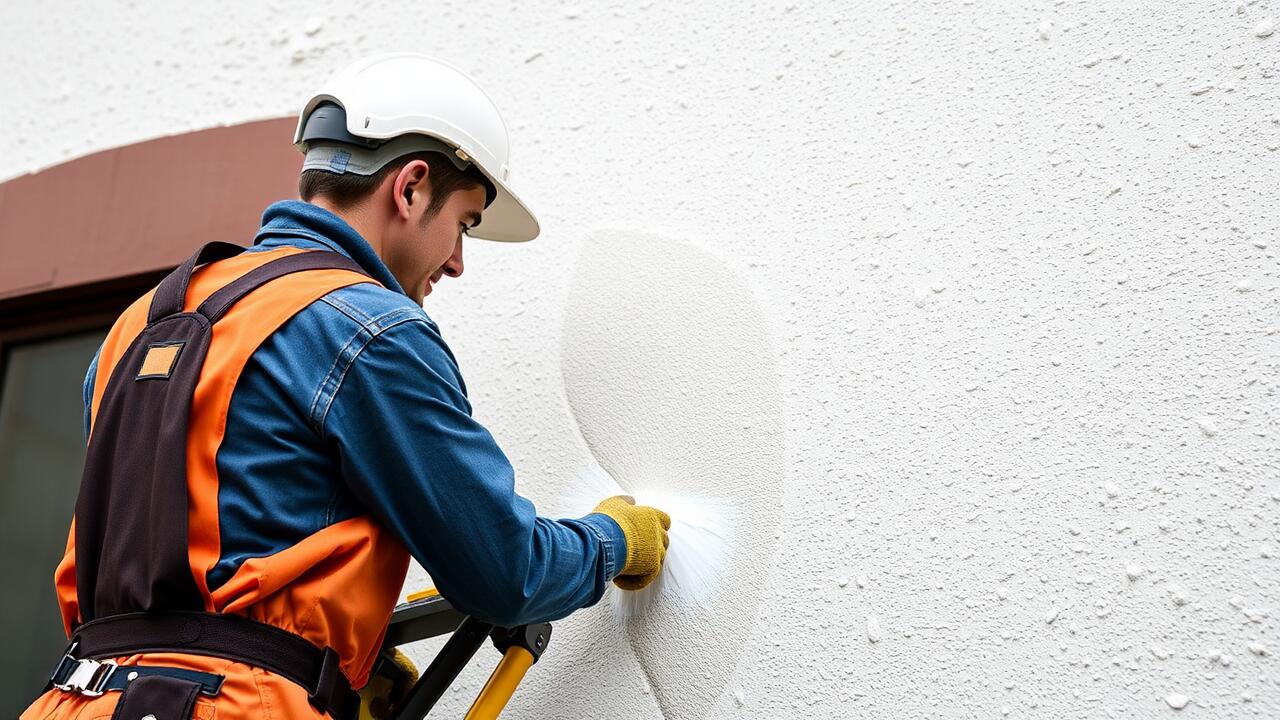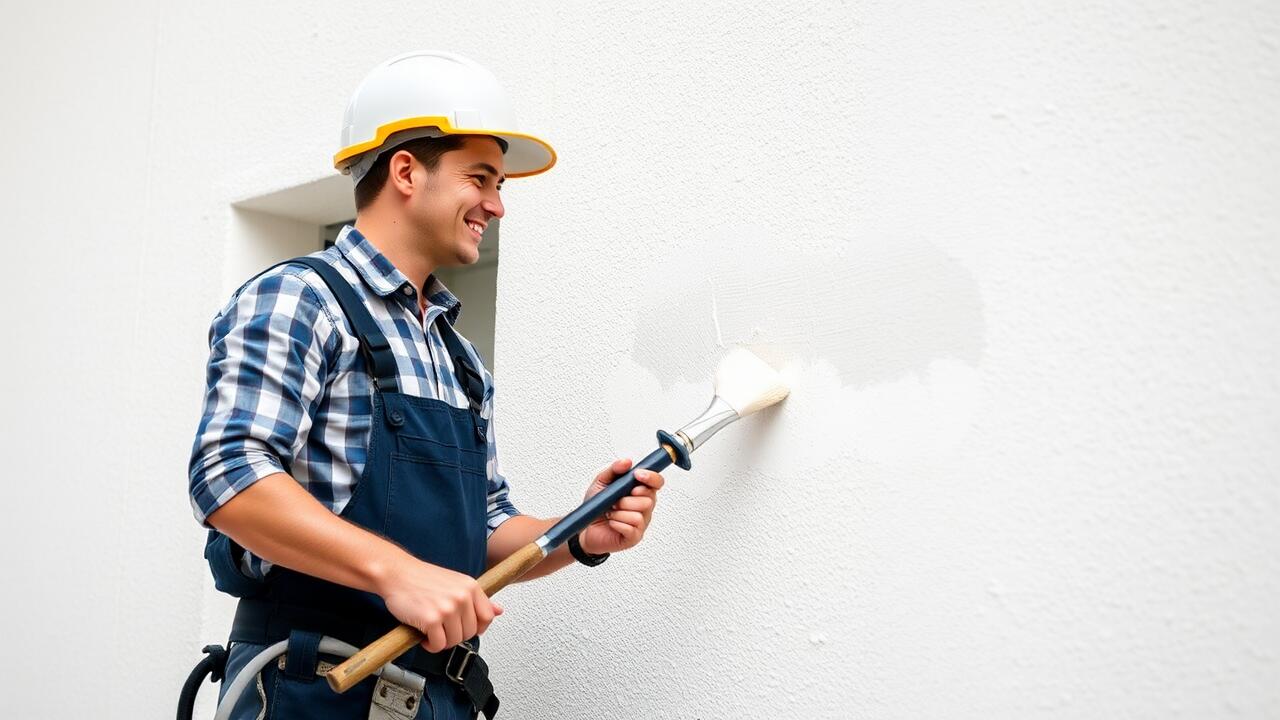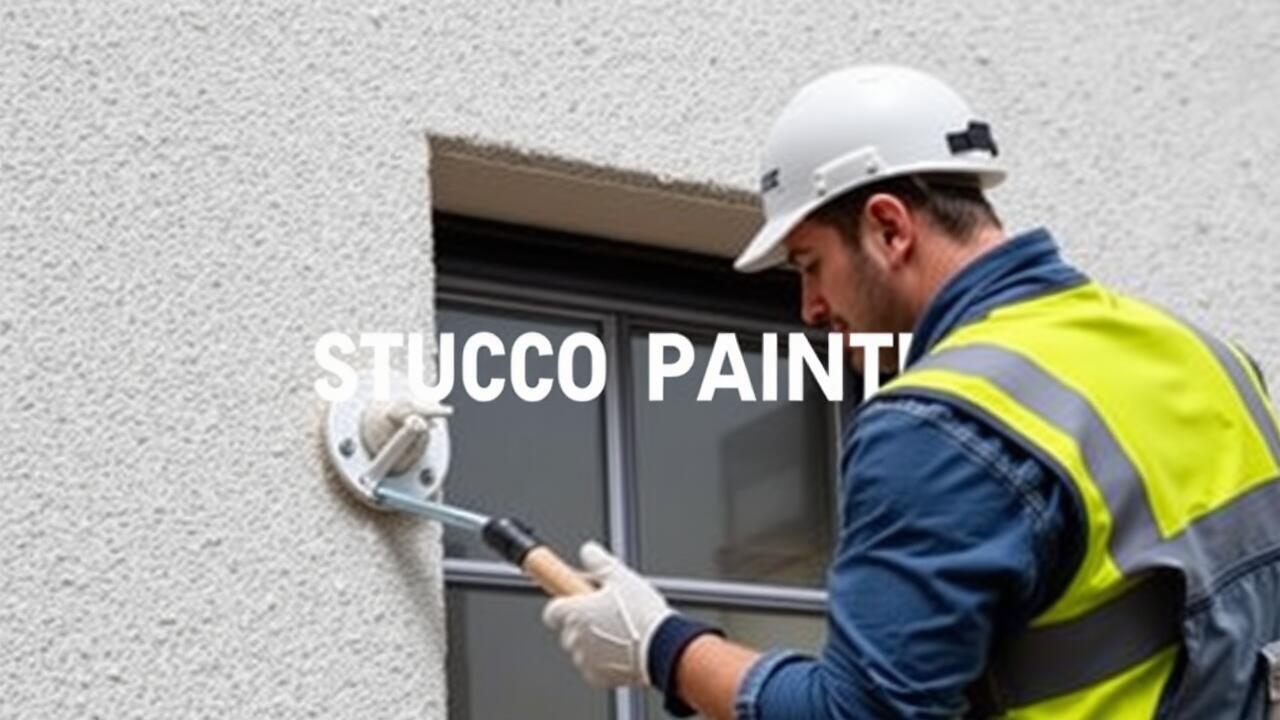
Painting Techniques for Stucco
When it comes to painting textured stucco, it is important to choose the right techniques to achieve an even application. Start by preparing the surface properly, ensuring it is clean and free of dirt, dust, and loose particles. This preparation helps the paint adhere better. Using a high-quality primer specifically designed for stucco can enhance the paint's longevity and even out the texture. For those in need of professional assistance, options like Tarzana, Los Angeles Stucco Painting services can deliver outstanding results.
Utilizing the correct painting tools can significantly impact the outcome. A textured roller is ideal for covering larger areas quickly and effectively. For intricate spots or edges, a brush can help reach those hard-to-paint areas. Spraying may also be an option for those with experience, as it can provide a smooth finish and even coverage. Ensuring that layers of paint are appropriately applied will contribute to a more durable and visually appealing exterior.
Best Tools for Achieving a Smooth Finish
Achieving a smooth finish on textured stucco requires the right set of tools to effectively address the unique surface. A high-quality paint roller with a thick nap is essential for covering the uneven texture. This helps to ensure that the paint penetrates into the grooves and crevices, providing even coverage. A paint sprayer can also be beneficial, especially for larger areas, as it gives an even application and minimizes the risk of roller marks.
In addition to rollers and sprayers, using a good paintbrush is important for cutting in around edges and tackling tight corners. A synthetic-bristle brush performs well with latex paints, providing precision in application. For projects like Tarzana, Los Angeles Stucco Painting, investing in these tools not only enhances the finish but also streamlines the painting process, resulting in a professional-looking outcome.
Applying Paint to Textured Surfaces
When painting textured surfaces like stucco, it’s essential to choose the right techniques and tools to achieve the desired look. Begin by preparing the surface thoroughly. Use a power washer or a stiff brush to remove dirt and loose materials. This ensures a clean foundation for the paint, allowing it to adhere properly. In Tarzana, Los Angeles stucco painting often involves dealing with various texture levels, making it crucial to select a paint that can accommodate those variations.
Utilizing a roller designed specifically for textured surfaces can greatly enhance your application process. These rollers are typically thicker and can navigate the bumps and crevices of stucco more effectively than standard ones. Additionally, consider using an airless sprayer for a more even coat, especially on larger areas. This method can save time and help in achieving consistent coverage. Pay attention to your paint’s drying time; working in small sections can help you maintain a wet edge, preventing unsightly lap marks as you move across the surface.
Step-by-Step Process for Efficient Coverage
Begin by preparing the stucco surface for painting. Clean the area with a power washer to remove dirt, mildew, and peeling paint. Allow the stucco to dry completely before starting. Apply a primer specifically designed for textured surfaces. This step is essential as it helps the paint adhere better and improves durability. Choose a primer that matches the color of the paint you plan to use. This will assist in achieving an even final coat.
When applying paint, utilize a high-quality roller suitable for textured surfaces for even coverage. Start painting from the top and work your way down to avoid drips and streaks. For intricate areas, such as corners or edges, use a brush to ensure complete coverage. Tarzana, Los Angeles stucco painting often requires patience and attention to detail, so take your time with each coat. Allow the first coat to dry fully before applying a second coat to achieve the desired finish.
Finishing Touches
After applying the main coats of paint, focus on the finishing touches that enhance the overall appearance of the stucco. Inspect the surface for any areas that may need touch-ups or additional care. Use a small brush to reach tight spots or corners that larger tools may have missed. This attention to detail can significantly improve the final look, giving your project a professional polish.
In Reseda, Los Angeles, stucco painting can benefit from a technique called back-rolling. After you have sprayed or rolled on the paint, go back over the surface with a roller in a vertical or horizontal motion. This method helps ensure an even color distribution and enhances the texture, giving it depth. It’s essential to take your time during this step to achieve a uniform finish without missing any textured areas.
Ensuring Even Color Distribution
Achieving an even color distribution on textured stucco surfaces requires attention to detail during the painting process. Start by using a quality paint designed for textured finishes, as it will adhere better and provide more even pigmentation. In Tarzana, Los Angeles stucco painting, it’s vital to mix the paint thoroughly before use to ensure consistency. This mitigates the risk of noticeable patches or variations in color, which can ruin the overall appearance.
When applying the paint, use a roller with a nap length suitable for the texture of your stucco. A longer nap can help the paint reach into the crevices of the texture, allowing for better coverage. If you encounter stubborn areas, a brush can help ensure that every nook and cranny is adequately coated. Always keep a wet edge to avoid lap marks as you work, especially in warmer climates like Tarzana, where paint can dry quickly.
FAQS
What type of paint should I use for textured stucco?
It is best to use a high-quality acrylic latex paint specifically designed for masonry or stucco surfaces. This type of paint will adhere better and provide a durable finish.
Do I need to prepare the stucco surface before painting?
Yes, preparing the stucco surface is crucial. Clean the surface to remove dirt, mildew, and loose paint. Repair any cracks or damage and let it dry completely before applying paint.
How many coats of paint will I need for textured stucco?
Typically, two coats of paint are recommended for textured stucco to achieve even coverage and vibrant color. However, the number of coats may vary based on the color and the original surface condition.
Can I use a roller to paint textured stucco?
Yes, using a roller with a thick nap cover can help you achieve good coverage on textured surfaces. You may also need to use a brush for corners and detailed areas.
How long does it take for paint to dry on stucco?
Drying times can vary depending on the paint type, humidity, and temperature. Generally, it takes about 1 to 2 hours for the first coat to dry, but it’s advisable to wait at least 24 hours before applying a second coat.
